After watching the documentary Food Inc., I knew that life would never again be the same. I knew that the grocery store would no longer be the main source of food for our family.
The process has been slow, and not always easy. But it has been worth it. Seriously, not a night goes by that Mike and I do not declare that we sure do eat well. And for that we praise God!
And that’s why I thought I’d pass along these tips that might help to make your journey just a little easier as you reduce your dependence on grocery stores.
Some of the ideas may be obvious; others may be less so. Hope you find them all helpful.
#1 Plant a Garden
Growing a garden is probably the most obvious way to help reduce your dependence on grocery stores. Do what you can; you don’t have to start with a huge garden. Even one pot of herbs to start will help to get you where you want to go. The point is to do what you can where you are. Something is always better than nothing.
I’m so passionate about gardening that I wrote an eBook about it. Called The Art of Gardening: Building Your Soil, it teaches a way to garden that requires no digging, very little weeding, and focuses on producing nutrient-dense produce. Gardening doesn’t have to be difficult.
#2 Preserve the Harvest
When I first started gardening many years ago, most of what we ate from the garden was consumed fresh. Even that helped to keep me out of the grocery store.
As time has passed, we’ve increased our garden size so that we have enough to can, freeze, dehydrate, or ferment – all great ways to preserve the harvest and have vegetables from your garden year round.
#3 Buy Directly From the Farm
To me, this is where it really starts getting fun. One of my all time favorite things to do is to visit local farms where we can get to know the farmer, see how our food is raised, and breath in some fresh air.
I love that we are supporting our local economy, too. All of our beef, pork, chicken, eggs, raw milk and cheese are purchased from local farms. We know our farmers, know what they are feeding their animals, and get good advice on how to get our meat cut, how to cook it, and how to store it.
#4 Join a CSA
Community Supported Agriculture is another great way to buy directly from a farmer. With a CSA, you pay in advance and then get a weekly share of the farm’s crop. In general, CSA’s are a great source of vegetables.
Occasionally you may find one that also sells meat. Again, you meet the farmer and have the opportunity to ask questions about their farming methods.
#5 Shop at a Farmer’s Market
When I was growing up there was one farmer’s market in our area. I’d be hard pressed to count all of them now. That’s such a good thing. Almost any day of the week one can be found. Some are even open year-round.
Farmer’s markets vary as to type of product sold. Some only sell items that are pesticide and herbicide-free. Others sell products more traditionally raised. Ask questions. I’ve yet to meet a farmer who didn’t like to talk about the food he raises.
#6 Raise Some Backyard Chickens
We raised a few chickens for eggs for a little bit. Where we live now we can’t have chickens. I’m okay with that because I love supporting good, local farmers who are raising them on pasture.
My little bit of experience with chickens definitely doesn’t qualify me to give advice, so I went to some friends in the know. Here are a few of their posts:
The Ultimate Guide to Raising Baby Chicks
Top Tips for First Time Chicken Owners
Getting Started with Meat Chickens
#7 Get a Bee Hive
Beekeeping is something we’ve mulled over, but haven’t taken the plunge. We do purchase raw honey from local beekeepers. If this is something that interests you, these posts may help:
Getting Started With Package Bees
#8 Forage Some Food
I love, love, love foraging. Free, wild food! I can’t help be reminded of what a great provider God is when I’m out in the woods and fields looking for plants like stinging nettle, ramps, autumn olive, or black walnuts.
Get yourself a good guide for your region and learn one plant here, and one plant there. Before you know it, your dinners will consist of not only fresh food from your garden and local farms, but nourishing food you foraged yourself.
And if you’re unsure of your abilities to identify new plants, once you start looking you’ll find lots of things you do know – like apples and crabapples, grapes, and dandelion!
More Than Weeds
A Foraging eCourse for Beginners

Are you interested in foraging, but a bit hesitant because you don’t trust your own abilities? I created a mini eCourse just for you. In More Than Weeds: 5 Common Plants to Forage for Food and Medicine you’ll learn that identifying plants is all in the details.
Using common plants with which may be someone familiar you’ll learn beginner botany skills that you will be able to use as you move forward. You’ll gain confidence to use these plants for your family in food and safe, home remedies. Get started now!
#9 Tap a Maple Tree
Making your own maple syrup is a fun project if you have kids (or even if you don’t). You don’t have to have a sugar maple tree; any maple will do. And while your toes may get cold, you don’t have to worry about getting stung to produce some sweetness from your own backyard! Here’s how it all worked out for us.
#10 Shop Online and Save Money
We’ve come a long way in reducing our dependence on grocery stores. But still, there are items we can’t grow ourselves, or aren’t available from local farms. Like organic grains. And olive oil, nuts, and seeds.
So I went through my cupboard and randomly chose a few items I like to keep on hand that I can’t grow myself or get locally. In the past, I’ve tended to purchase these items online from one of three sources: Thrive Market, Amazon Prime, or Vitacost. I looked up the prices for each of these on the three sites to compare prices. Here’s what I found:
Primal Kitchen Mayonnaise 12 oz.
- Thrive Market $7.45
- Amazon Prime $9.83 (plus s/h – not available with Prime)
- Vitacost $$9.99
Navitas Organic Coconut Sugar 16 oz.
- Thrive Market $4.95
- Amazon Prime $5.95
- Vitacost $4.50
Navitas Raw Cacao 16 oz.
- Thrive Market $13.95
- Amazon Prime $12.74 (must buy 2)
- Vitacost $12.74
Nutiva Organic Virgin Coconut Oil 54 oz.
- Thrive Market $23.65
- Amazon Prime $23.65
- Vitacost $29.69
Bionaturae Organic Tomato Paste 7 oz.
- Thrive Market $2.15
- Amazon Prime $2.95 (must buy 12)
- Vitacost $2.37
Wild Planet Alaskan Pink Canned Salmon 6 oz.
- Thrive Market $3.45
- Amazon Prime $3.45 (must buy 12)
- Vitacost $4.29
Real Salt 26 oz.
- Thrive Market $5.95
- Amazon Prime $9.35 (must buy 2)
- Vitacost $6.69
Primal Kitchen Avocado Oil 16.9 oz.
- Thrive Market $9.75
- Amazon Prime $14.25
- Vitacost $10.99
Woodstock Organic Raw Almonds 7.5 oz.
- Thrive Market $8.95
- Amazon Prime $16.72 (plus s/h – no Prime – must buy 2)
- Vitacost $9.49
Jovial Organic Whole Wheat Einkorn Flour 32 oz.
- Thrive Market $5.45
- Amazon Prime $9.89
- Vitacost $7.29
Total for purchasing all the items at each site:
- Thrive Market $85.70
- Amazon Prime $108.78
- Vitacost $98.04
Thrive Market appears to be the clear winner, and for me, it is. But it also depends on your buying habits. The first month of Thrive is free, but then costs $5 a month ($59.95 a year) – very worth it if you buy a lot. And shipping is free on orders over $49.
Amazon Prime costs $99 per year but you get so much with the service – free 2 day shipping, Prime videos and music, photo storage, etc.
There is no charge to join Vitacost and shipping is free on orders over $49. This is a good choice if you only order occasionally.
So, tell me, which of these ways have you used to reduce your dependence on grocery stores? What additional ideas do you have? Hunting or fishing anyone?
Thank you for visiting Learning And Yearning. May "the LORD bless you and keep you; the LORD make his face shine upon you and be gracious to you; the LORD turn his face toward you and give you peace." Num 6:24-26

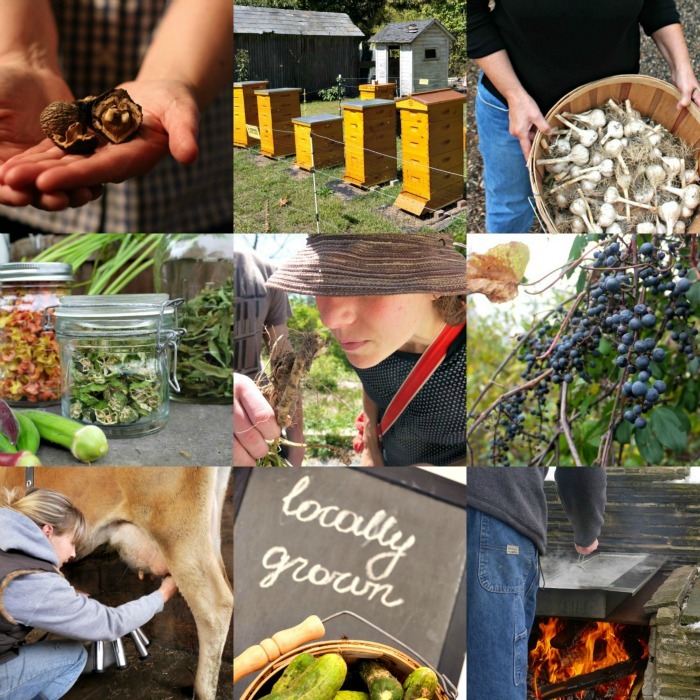

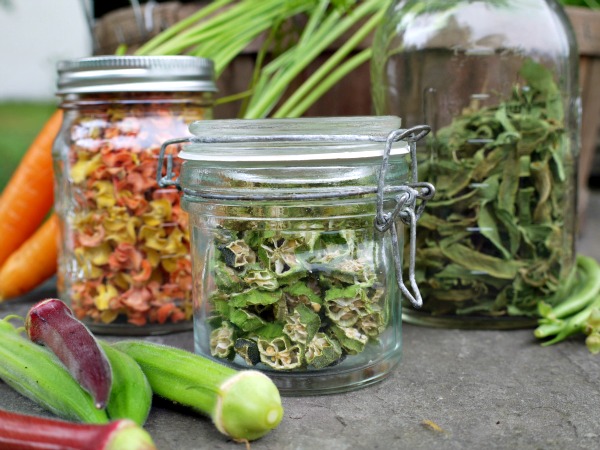
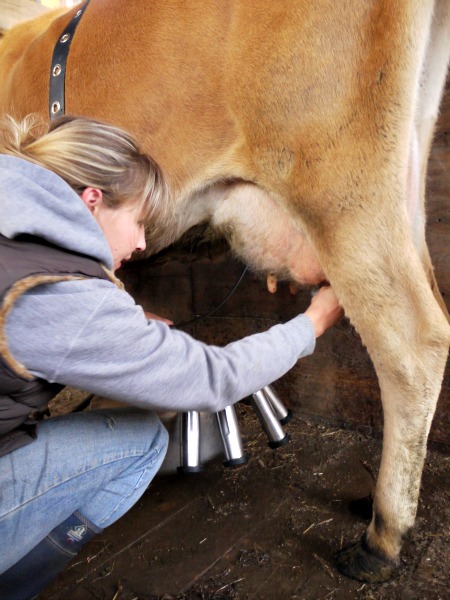
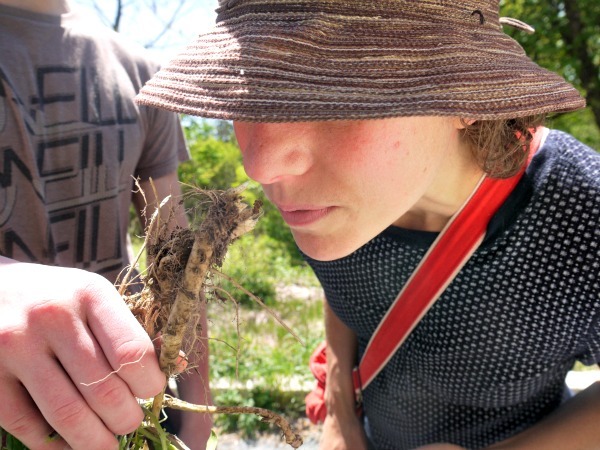
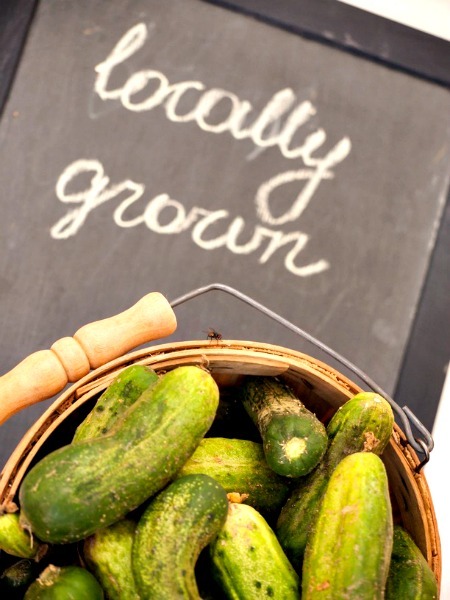
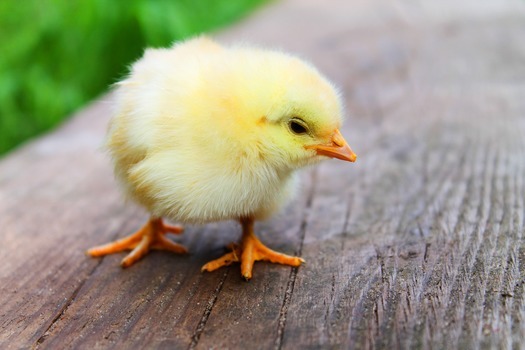
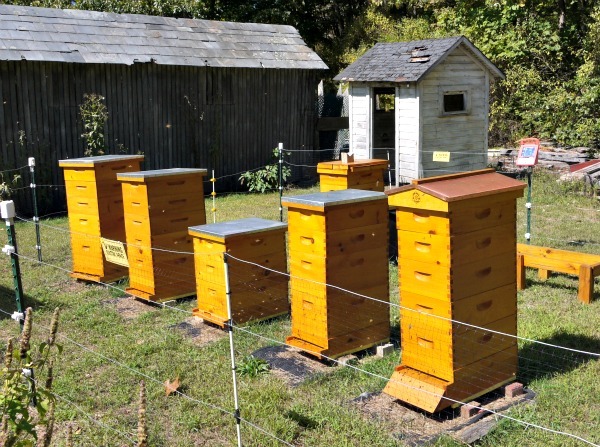
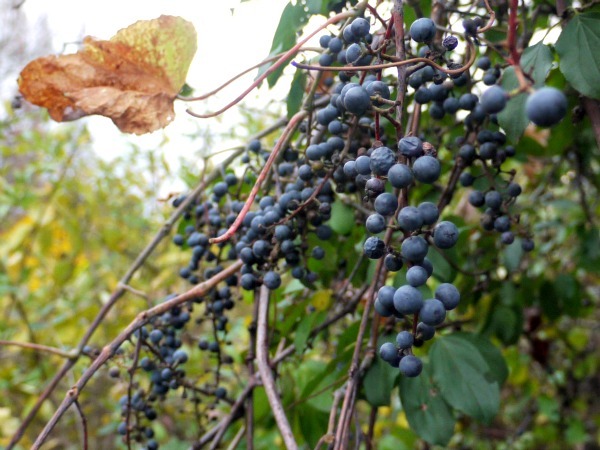
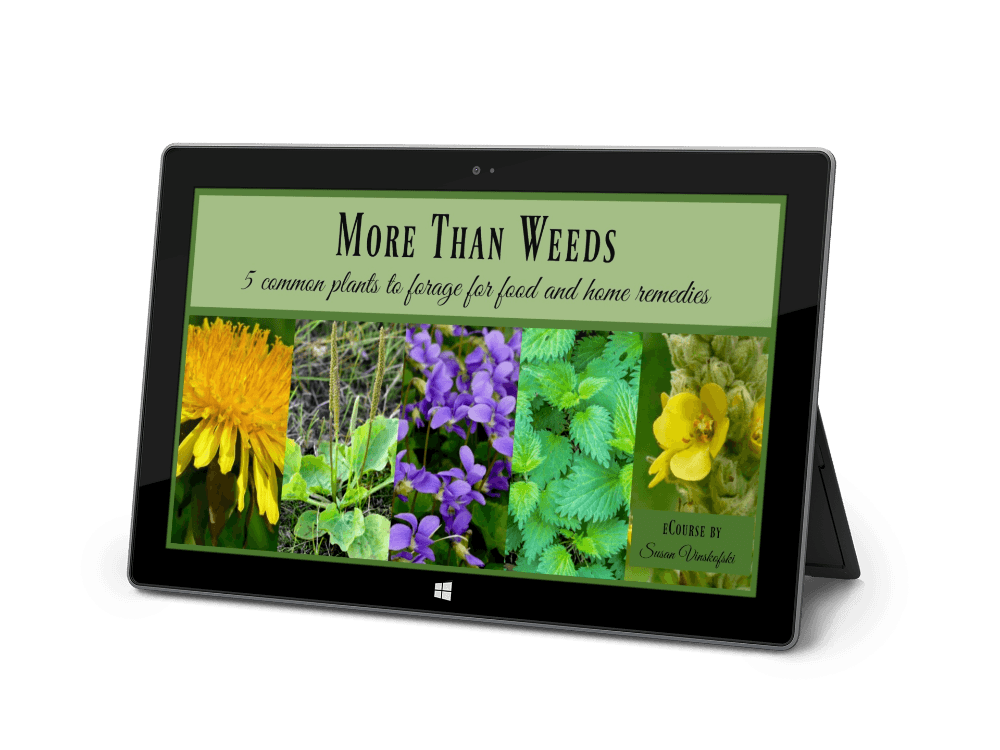
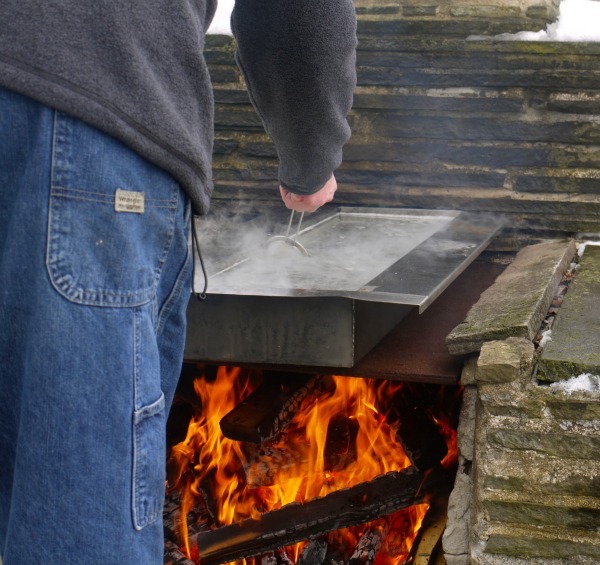

Renee Kohley says
Fantastic list of ways to be more self reliant! We’re moving toward this little bits of change every year!
Susan Vinskofski says
Thanks, Renee!
Jessica says
I love these ideas and do many of them. Great pictures too.
Susan Vinskofski says
I appreciate the compliment, Jessica!
linda spiker says
Great post! Pinned and sharing.
Susan Vinskofski says
Nice! Thank you!
The Food Hunter says
great post…tweeted
Susan Vinskofski says
Really appreciate that!
Elaina Newton says
Great post! I definitely want to try #4 & #8 in the next year. It just requires a bit more driving time for me to forage stuff since I live in a huge city. And I’ve put off joining a CSA cause I wasn’t sure what to do when I was traveling at different points in the year, but I bet it’s possible to put it on hold or donate to someone else.
Susan Vinskofski says
Hi Elaina! Cities can be really great for foraging, too, once you get your eyes trained to spot the good stuff! I love the idea of donating your CSA produce when you’re away.
Chloe says
Great tips! We struggle with a lot of these, living in an apartment in a city. But we embrace what we can, like planting a garden on our balcony.
Susan Vinskofski says
Yep. If we don’t do what we can where we are, I genuinely doubt that we will do better with more property, etc.
anna@greentalk says
Would love to learn how to forage more. I just realized I had Hawthorne trees! We have black walnuts. How in the heck do you crack those nuts?
Susan Vinskofski says
Yes, the walnuts can be a bit of work, Anna. Here’s how I do it: https://learningandyearning.com/black-walnuts
Marianne Meyer says
We buy a lot of organic and bulk products from Azure Standard (dot com). Everything is delivered by truck to different locations around the US. You can go to their site to find out if there is a drop point close to you. If there isn’t, you can have most items delivered by mail.
Thanks for taking the time to post all these hints and links.